Search
Remove Ads
Advertisement
Summary 
Loading AI-generated summary based on World History Encyclopedia articles ...
Search Results
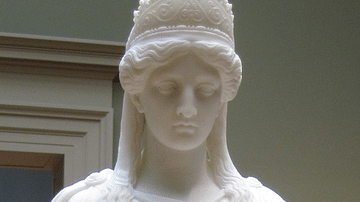
Definition
Zenobia
Zenobia (b. c. 240 CE, death date unknown) was the queen of the Palmyrene Empire who challenged the authority of Rome during the latter part of the period of Roman history known as The Crisis of the Third Century (235-284 CE also known as...
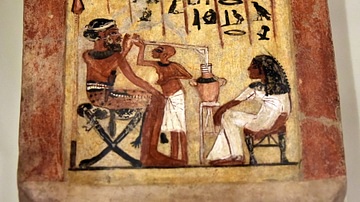
Image
Egyptian Stele of a Syrian Mercenary
A mid 2nd Millennium BCE painted limestone stele showing a Syrian mercenary drinking beer. The mercenary;s name is Terura and his wife's name is Arbura. His facial features and dress clearly identify him as a Syrian. While his wife is also...
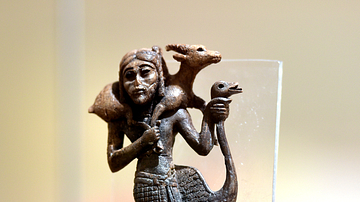
Image
Ivory Figure of Syrian Man with an Ostrich & Goat, Nimrud
This burned ivory figure, carved in the round, depicts a male figure carrying a goat on his shoulders and holding an ostrich by the neck. The depiction is very realistic; the beak of the ostrich is opened and the front wing is held upwards...
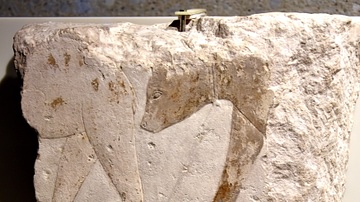
Image
Egyptian Painting of Syrian Bears
This painted limestone fragment came from the mortuary temple of the Egyptian Pharaoh Sahure at Abusir, Egypt. It depicts Syrian bears and a vessel (possibly tributary). Old Kingdom, 5th Dynasty, 2496-2483 BCE. On display at the Neues Museum...
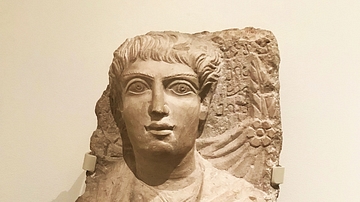
Image
Syrian Funerary Relief of a Man
This is a funerary relief of a man who lived in Syria when it was under Roman occupation (64 BCE-260 CE). It dates from the 2nd century CE, and it is made of limestone. (Iris & B. Gerald Cantor Center for Visual Arts at Stanford University...
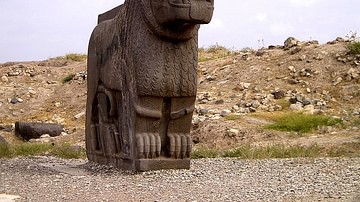
Image
Syrian Lion Statue
A colossal basalt lion statue from the Ain Dara Temple near Aleppo, Syria, found in 1955, dating to the 10th-8th century BCE.

Image
Syrian Column Capital
The half-palmettes on this column capital made from marble are ultimately derived from ancient Assyrian models. Stylization transforms its more recent Hellenistic predecessors. This specimen dates from the late 7th-early 8th century CE. (Aga...
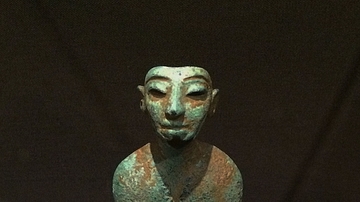
Image
Syrian Seated God Statuette
This small bronze of an enthroned god, wearing sandals and a long wrapped cloak with ribbed ornamentation near the ankles, reflects the balance between stylization and specific adornment that many modern artists like Modigliani, Picasso...
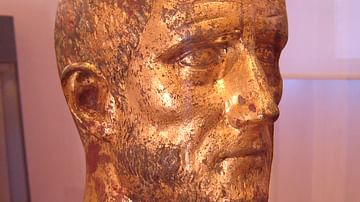
Definition
Aurelian
Aurelian was Roman emperor from 270 to 275 CE. He was one of the so-called Barracks Emperors, chosen by the Roman army during the turbulent period known as the Crisis of the Third Century (235-284 CE). Besides victories against various invading...
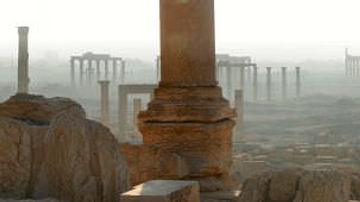
Image
Panorama of Palmyra
A panoramic view of ruins of the ancient desert city of Palmyra in Syria, which grew large in the Syrian desert in the 1st and 2nd centuries AD.
The ruins are now a United Nations World Heritage site.